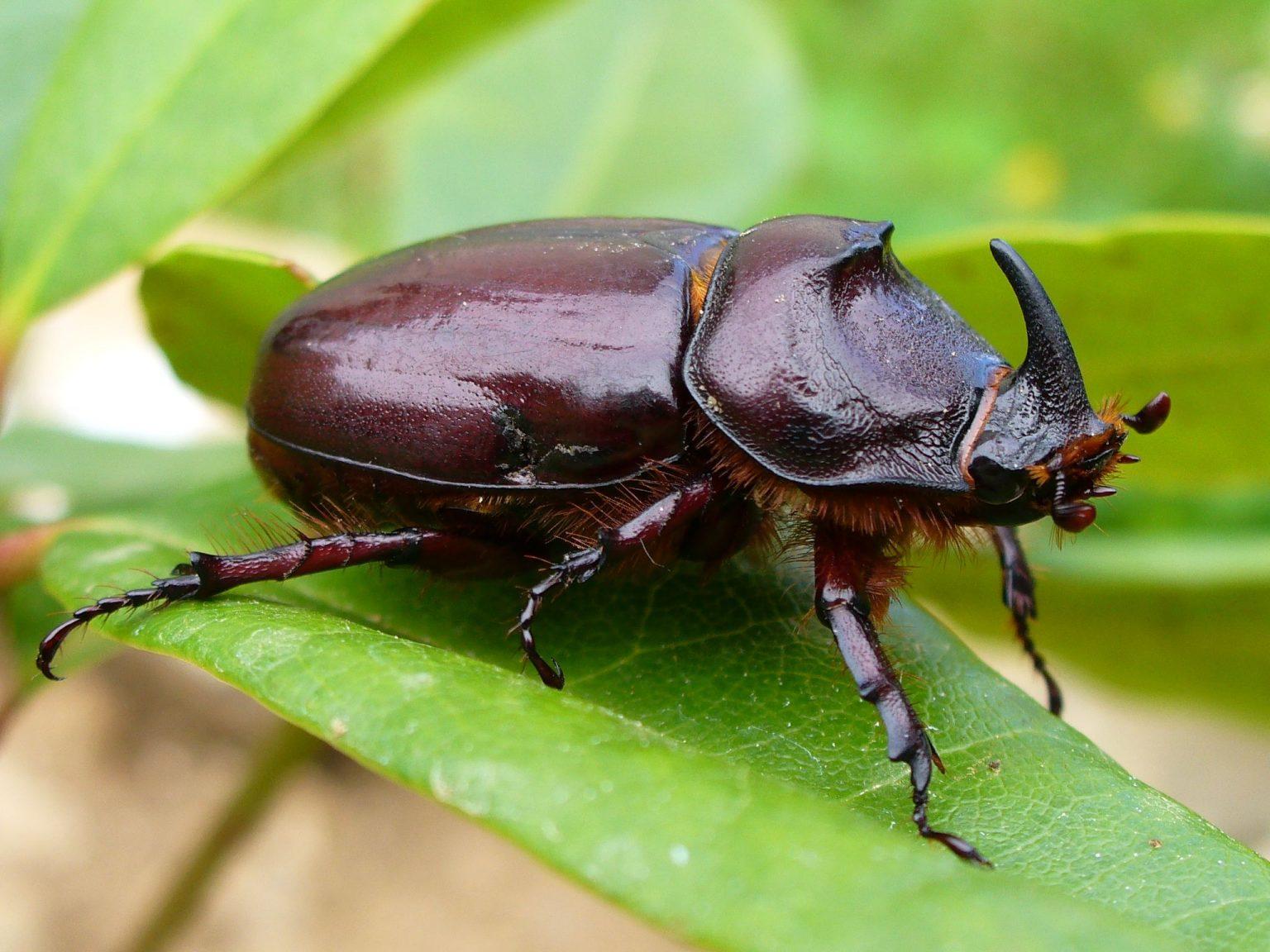Beetles, belonging to the order Coleoptera, exhibit a striking array of characteristics, but perhaps none is as captivating as their exoskeletons. These brilliant shells, often resplendent in color and intricately patterned, serve a multitude of functions that extend beyond mere aesthetics. Indeed, the marvel of a beetle’s shell presents a compelling case study in natural engineering, evolutionary adaptation, and the diverse roles these external structures play in survival and ecological interaction.
To comprehend the significance of beetle shells, one must first understand their composition. The outer layer, known as the cuticle, is primarily constituted of chitin, a polysaccharide that provides both rigidity and flexibility. Beneath this, layers of proteins contribute to the shell’s strength and coloration. The morphological diversity observed among beetles facilitates various functions — from protection against predation to thermoregulation. The vibrancy of their exoskeletons is often a result of structural coloration, a phenomenon where light interaction with microscopic structures creates vivid hues, as opposed to pigment-based coloration. This results in iridescent effects that can shift in color depending on the viewing angle.
The evolutionary trajectory of beetle shells is a testament to adaptation. Over millions of years, different species have developed shells that cater to their specific environments and lifestyles. For instance, the bombardier beetle is renowned for its chemical defense mechanisms, utilizing its shell to store toxic chemicals that it can eject at predators. Such adaptations illuminate the concept of survival of the fittest, illustrating how natural selection has sculpted the functionality of these hard exterior layers.
Furthermore, the diversity in shell morphology provides a fascinating glimpse into ecological niches. Beetles such as the ladybug, with its dome-shaped, brightly colored shell, utilize aposematism, a form of warning coloration that signals toxicity to potential predators. In contrast, the elongated shells of rove beetles facilitate burrowing and predation in decaying matter, exemplifying the relationship between form and function. These various adaptations not only aid in survival but also significantly influence the beetle’s interactions within its ecosystem.
The integration of beetle shells into their habitats showcases another critical aspect of their design — camouflage. Many species have evolved shells that mimic surrounding flora or substrates, allowing them to evade detection by predators or ambush prey. The intricately patterned wings of certain longhorn beetles resemble the bark of trees, highlighting the interplay between structural features and environmental adaptation. This evolutionary camouflage strategy emphasizes the importance of visual perception in predator-prey dynamics and the relentless pursuit of survival.
Beyond ecological interactions, beetle shells evoke curiosity in the realm of biomimicry. The intricate structural patterns demonstrated in beetle exoskeletons have garnered attention in materials science and engineering as potential blueprints for innovative design solutions. Here, nature informs technology, inspiring advancements in crafting resilient materials that mimic the strength-to-weight ratio and self-repairing capabilities observed in these remarkable shells. Such research underscores a profound truth: the natural world possesses solutions borne of eons of evolutionary trials that our burgeoning technologies could benefit from.
The study of beetle shells also leads to an exploration of environmental signals. Many species are sensitive to changes in their habitats, and alterations in shell pigmentation can be indicative of environmental stressors or changes. Factors such as pollution, temperature fluctuations, and habitat destruction can manifest in physiological changes, ultimately affecting the coloration and health of beetles. This sensitivity positions beetles as potential bioindicators, reflecting ecological well-being and biodiversity within their respective environments.
Moreover, the fascination generated by beetle shells extends into cultural and aesthetic dimensions. In various cultures, beetles have symbolized different virtues, harnessing the mystique of their shells to connote resilience and transformation. The jewel-like surfaces of certain species have made them coveted objects in the realms of art and fashion, emphasizing an admiration for their beauty and complexity. This fusion of art and science in the appreciation of beetle shells amplifies the narrative of nature as both a source of inspiration and a rich tapestry of life forms.
In the context of modern ecological challenges, the study of beetle shells can serve as a harbinger of optimism. The resilience demonstrated by certain species, often encapsulated in their protective shells, illustrates the potential for life to adapt and thrive even amidst adversity. This persistence invites humankind to reconsider its relationship with nature, advocating for a deeper respect and understanding of the intricate interdependencies that define our ecosystems.
Ultimately, the brilliant shells of beetles encapsulate a profound narrative of evolutionary ingenuity, ecological interaction, and aesthetic beauty. They prompt us to reconsider our perspectives on the natural world, drawing attention to the intricate designs and functions that have emerged through time. As scientists continue to delve into the complexities of these structures, the potential for new discoveries remains boundless, urging us to sustain our curiosity and reverence for the wonders of nature. In this pursuit, we may unearth not only the mysteries of beetles but also valuable insights into our ecological consciousness.










